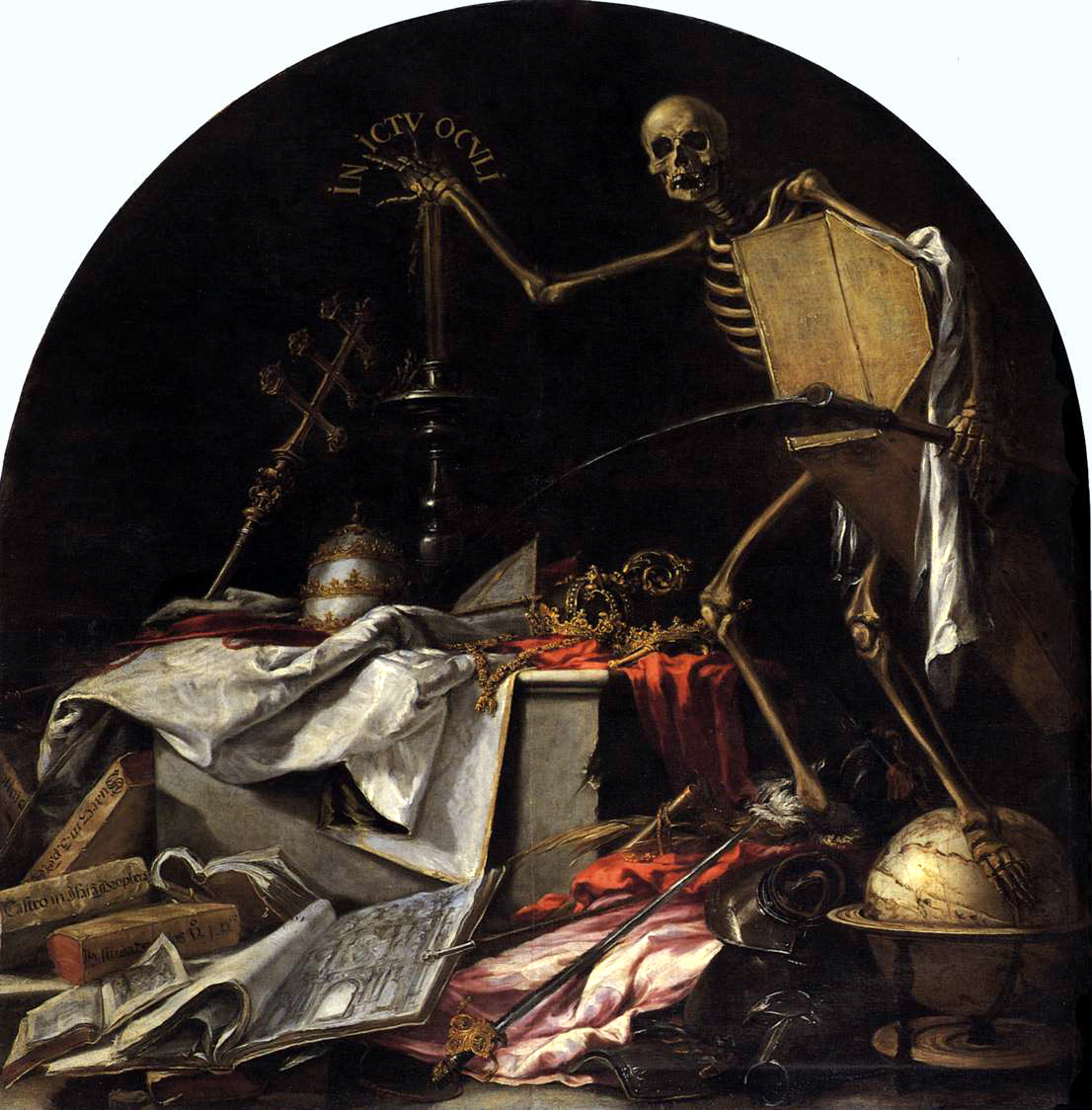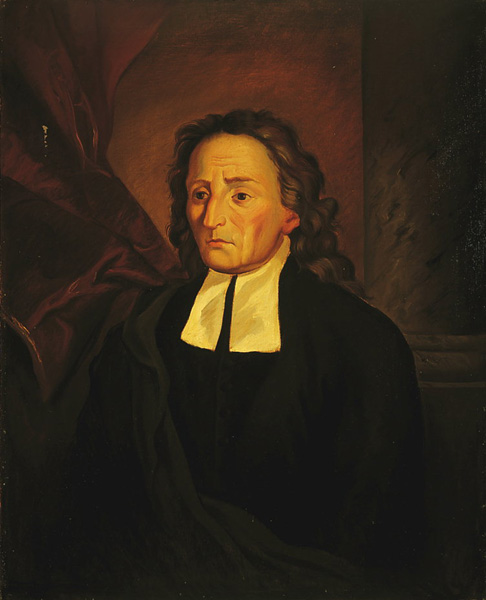|
Francisco Bernardo De Quirós
Francisco Bernardo de Quirós (1580 - 1668) was a Spanish entremesista of the Siglo de Oro The Spanish Golden Age (Spanish language, Spanish: ''Siglo de Oro'', , "Golden Century"; 1492 – 1681) was a period of literature and the The arts, arts in Spain that coincided with the political rise of the Spanish Empire under the Catholic M .... Jonathan Thacker ''A Companion to Golden Age Theatre'' 2007 1855661403 References 1580 births 1668 deaths 17th-century Spanish dramatists and playwrights {{Spain-dramatist-stub ... [...More Info...] [...Related Items...] OR: [Wikipedia] [Google] [Baidu] |
Siglo De Oro
The Spanish Golden Age (Spanish language, Spanish: ''Siglo de Oro'', , "Golden Century"; 1492 – 1681) was a period of literature and the The arts, arts in Spain that coincided with the political rise of the Spanish Empire under the Catholic Monarchs of Spain, and the Habsburg Spain, Spanish Habsburgs. The Spanish Golden Age is broadly associated with the reigns of Isabella I of Castile, Isabella I, Ferdinand II of Aragon, Ferdinand II, Charles V, Holy Roman Emperor, Charles V, Philip II of Spain, Philip II, Philip III of Spain, Philip III, and Philip IV of Spain, Philip IV, when Spain was at the peak of its power and influence in Europe and the world. Overview The Spanish Golden Age began after the union of King Ferdinand II of Aragon and Queen Isabella I of Castile, which brought stability following years of conflict. After the conquest of Al-Andalus (Islam in Spain, Muslim Spain) and the Expulsion of Jews from Spain, expulsion of the Jews, the various Christian kingdoms ... [...More Info...] [...Related Items...] OR: [Wikipedia] [Google] [Baidu] |
1580 Births
1580 ( MDLXXX) was a leap year starting on Friday of the Julian calendar. Events January–March * January 31 – Portuguese succession crisis of 1580: The death of Henry, King of Portugal, with no direct heirs, leads to conflict between his potential successors, including King Philip II of Spain and Infanta Catherine, Duchess of Braganza.Dionysius Lardner, ed., ''The History of Spain and Portugal'', vol. 5, part of the ''Cabinet Cyclopaedia''. London: Longman, Rees, et al., 1832. See pages 208-209. * February 16 – The massacre of 20 artists at the Mardi Gras festivities at the annual ''Carnaval de Romans'' during the festival takes place in France at Romans-sur-Isère. * February 28 – Three Jesuit priests from Portuguese Goa, including Rodolfo Acquaviva, arrive in Agra on the mainland of India as guests of the Mughal Emperor, Akbar the Great, who is curious about Christianity. The Emperor grants land to the Jesuit fathers for the building of the fir ... [...More Info...] [...Related Items...] OR: [Wikipedia] [Google] [Baidu] |
1668 Deaths
Events January–March * January 23 – The Triple Alliance of 1668 is formed between England, Sweden and the United Provinces of the Netherlands. * February 13 – In Lisbon, a peace treaty is established between Afonso VI of Portugal and Carlos II of Spain, by mediation of Charles II of England, in which the legitimacy of the Portuguese monarch is recognized. Portugal yields Ceuta to Spain. * c. February – The English Parliament and bishops seek to suppress Thomas Hobbes' treatise ''Leviathan''. * March 8 – In the Cretan War, the navy of the Republic of Venice defeats an Ottoman Empire naval force of 12 ships and 2,000 galleys that had attempted to seize a small Venetian galley near the port of Agia Pelagia. *March 22 – Notable Privateer Henry Morgan lands in Cuba to raid and plunder the inland town of Puerto del Príncipe during the latter stages of the Anglo-Spanish War (1654–1660). * March 23 – The Bawdy House Riots of 1668 ... [...More Info...] [...Related Items...] OR: [Wikipedia] [Google] [Baidu] |


